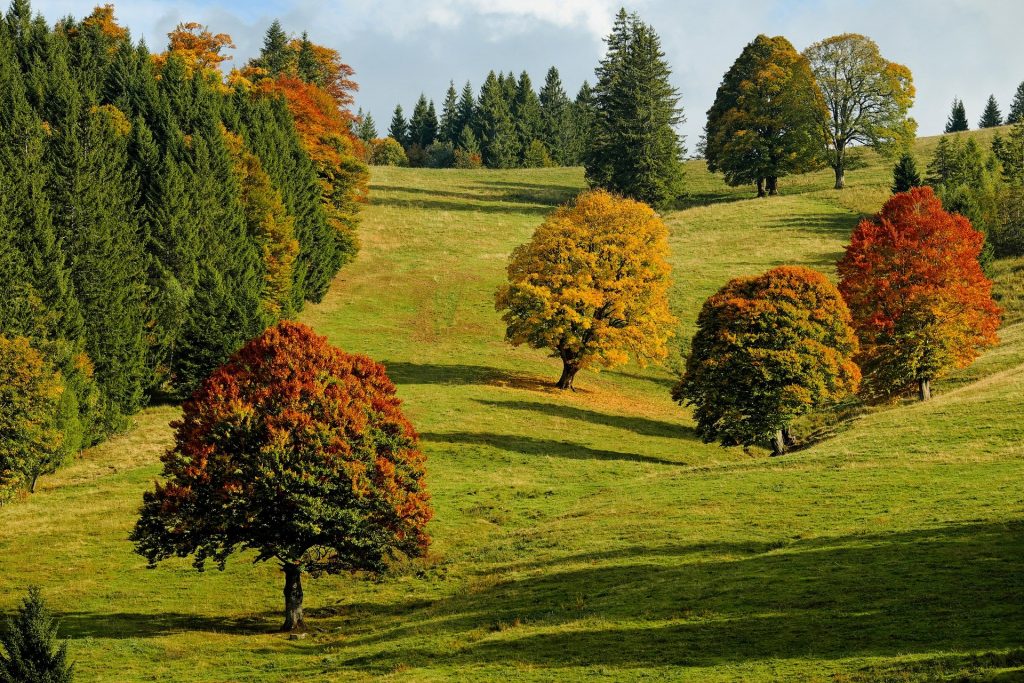Shrubs are often mistaken for trees in the nursery. They do share some similarities, but there is a huge difference between a tree and a shrub. Tree growth is much more flexible and can grow in almost any direction. The shape of a tree can be quite unique due to branch patterns and growths. A tree may not bear fruit every year, while a shrub might.
The appearance of a tree is another difference. A tree is usually a spaded out tree with stark branches and few limbs. Many leafy branches will grow from the bare branches of a shrub. This is very important when deciding if a tree or shrub is the right choice. In addition, you have to decide on what looks best with your home.
Other key differences include shape and size. Trees will have a fully-thick trunk. Shrubs will have a shorter trunk with a full thickness. The leaves of a tree have a different appearance than those of shrubs. A tree will have the thinnest and greenest leaves, while a bush will have the largest number of leaves. The shape of the branches will be reversed and the leaves will be long and narrow. This is in contrast to the shrubs’ short and wide leaves.
Root structure is another difference. A tree will have a system of roots down deep while a shrub will not. This is vital because the roots are essential for tree survival. The roots keep the tree cool and insulated, provide food and water, as well as evenly distribute weight throughout the tree. The shallow roots of a shrub do not supply as much of these needs, therefore it is necessary to choose a tree that has deep roots and healthy and strong stem systems.

Bark is another difference. Bark provides the best protection against pests. Bark can be found on trees, but it is usually weaker than bark on shrubs. Bark is not as easy to grow back for shrubs as it is for trees. Bark can also irritate humans and cause allergies.
The shape of the shrub is another important distinction. Shrubs have a long stem and short leaves that terminate in a pointed tip. These are called pines and have straight, upright growth. A tree will have long stems, curving tips, and a slanted, or rounded tip.
Growth habits are another key point. Shrubs have a resilient habit of growing up and spreading, spreading their roots far away. This characteristic makes them an ideal choice for landscaping in places where water is an issue or in areas prone to drought. A tree must be kept trimmed to ensure it continues to grow and spreads out. Some shrubs can grow too close to the lawn edge, which can prevent grasses from growing well.
One other difference is height. A tree can reach high into a tree and provide shelter from the winds. A shrub is not able to do the same. A tree’s branches only reach to the sky. A tree is more susceptible to wind and cooler in summer than a shrub.
Another important point is size. Trees are generally larger than shrubs and thus require a bigger space to house them. The roots of trees need room to expand, while those of shrubs grow close to the ground, requiring less space. As you might expect, a tree can’t be moved like a shrub.
The most important thing is the shape. Trees can be bent into unusual shapes. It may look like a tree trunk or a tree trunk. This is one difference between them. In a shrub, all branches grow in one direction, making it look like a trunk.
Do you want to grow a tree or a shrub? It’s a personal decision. If you’re not sure what you want, you should check out some landscaping books at your local library or bookstore. They will often discuss the pros and disadvantages of each. The decision isn’t wrong or right – it’s just different. Good luck!